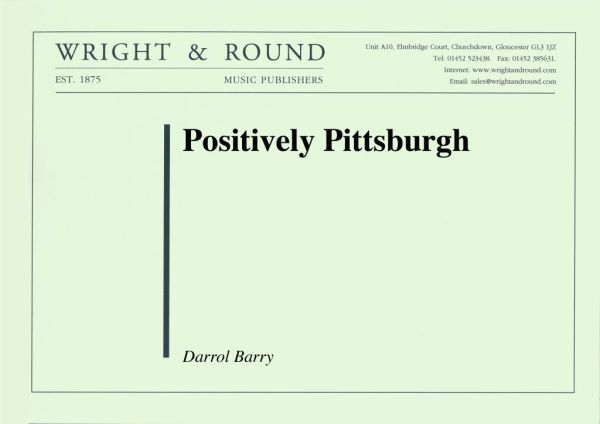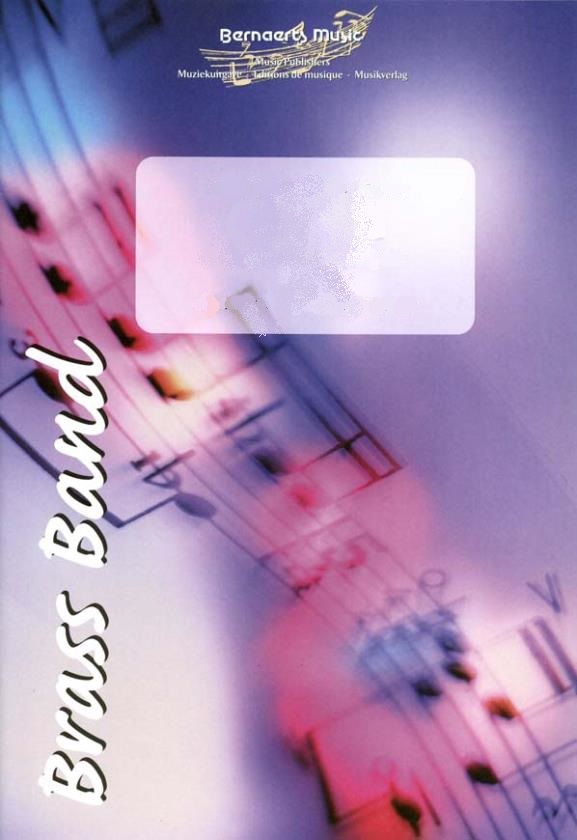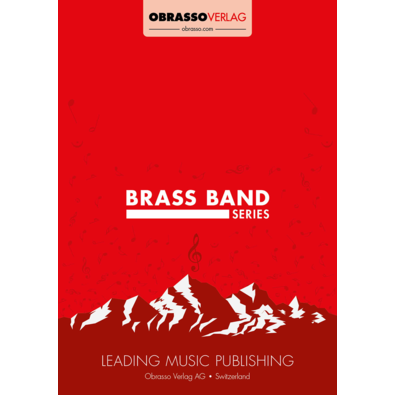We've found 1000 matches for your search. Order by
Results
-
 £35.00
£35.00Positively Pittsburgh (Score and Parts)
Composed for James Gourlay and the River City Brass Band, this piece has a driving energy in a quick compound time. There is a contrasting middle section, but valves will need to be well-oiled for this one -- exciting stuff!
Estimated dispatch 7-14 working days
-
 £61.99
£61.99Beauty And The Beast - Alan Menken - Frank Bernaerts
Estimated dispatch 7-14 working days
-
 £63.99
£63.99Harry Potter And The Philosopher's Stone - John Williams - Frank Bernaerts
Estimated dispatch 7-14 working days
-
 £61.99
£61.99Theme From Sex And The City
Estimated dispatch 7-14 working days
-
 £186.40
£186.40Peter And The Wolf - Sergej Prokofiev - Howard Lorriman
Estimated dispatch 7-14 working days
-
 £67.20
£67.20Beauty And The Beast - Alan Menken - Frank Bernaerts
Estimated dispatch 5-14 working days
-
£37.95
And the Band Played on - Goff Richards
Estimated dispatch 5-14 working days
-
 £72.70
£72.70Harry Potter and The Philosopher's Stone - John Williams - Frank Bernaerts
Estimated dispatch 5-14 working days
-
 £132.10
£132.10Indiana Jones And The Temple Of Doom - John Williams
Estimated dispatch 5-14 working days
-
 £92.00
£92.00Jason And The Argonauts - Bernard Herrmann - Darrol Barry
Estimated dispatch 5-14 working days
